Home>Garden Essentials>How To Plan Landscaping For Your Yard
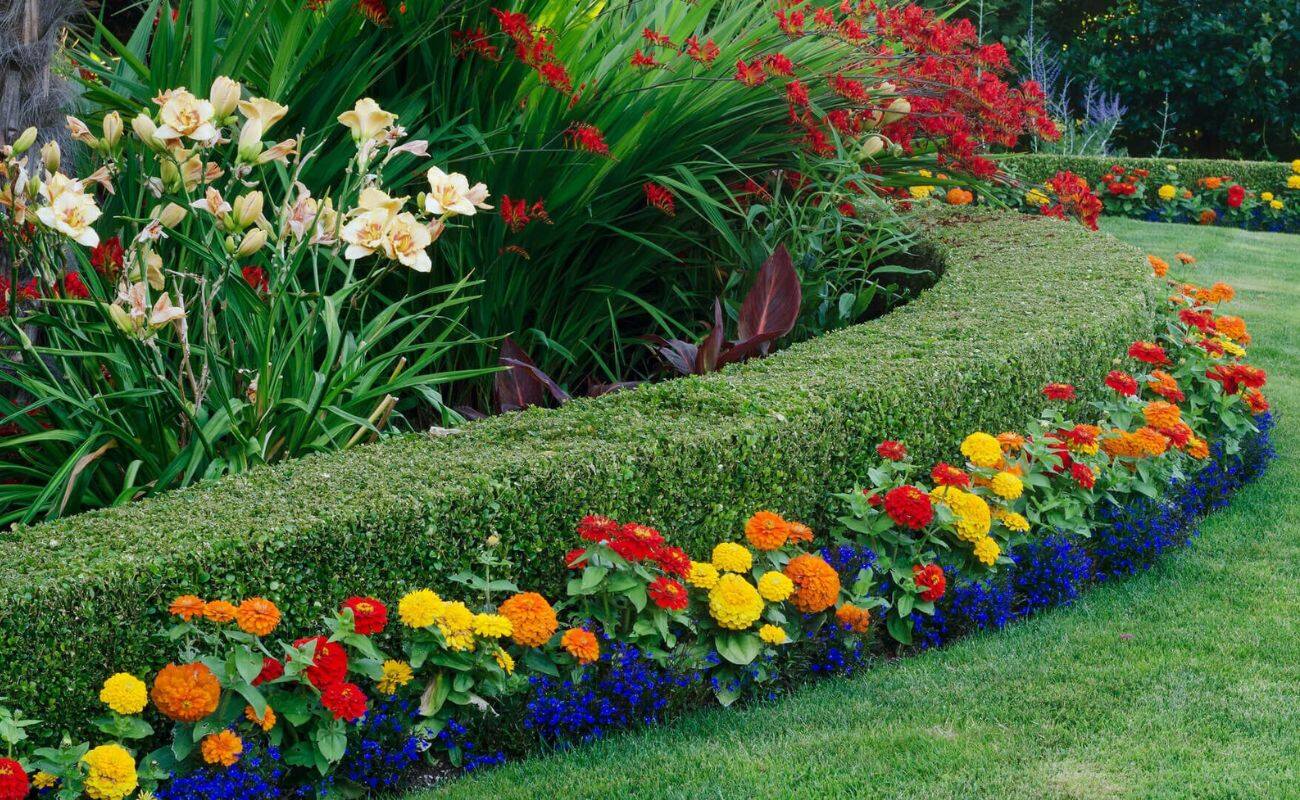

Garden Essentials
How To Plan Landscaping For Your Yard
Modified: March 7, 2024
Discover the best tips and tricks for planning your garden landscaping. Transform your yard into a stunning oasis with our expert advice.
(Many of the links in this article redirect to a specific reviewed product. Your purchase of these products through affiliate links helps to generate commission for Storables.com, at no extra cost. Learn more)
Introduction
Welcome to the wonderful world of landscaping! Whether you have just moved into a new home or are looking to revitalize your current yard, planning and executing a well-designed landscape can greatly enhance the beauty and functionality of your outdoor space. But where do you begin? How do you create a landscape that suits your style and meets your needs?
In this article, we will guide you through the process of planning your landscaping project. From assessing your yard and setting goals to selecting plants and materials, we will cover the essential steps to help you create a stunning and sustainable landscape.
Landscaping not only adds aesthetic value to your property but also provides numerous benefits. Beautifully designed gardens and outdoor spaces can create a relaxing and peaceful retreat, encourage outdoor activities, and even increase the value of your home. So let’s jump right in and explore the steps involved in planning your landscaping project.
Key Takeaways:
- Planning your landscaping project involves assessing your yard, setting goals, creating a budget, designing your landscape, choosing plants and materials, implementing your plan, and maintaining your outdoor space.
- By carefully considering your yard’s characteristics, your goals, and your budget, you can create a beautiful and sustainable landscape that brings joy and enhances your outdoor lifestyle.
Read more: How To Clear A Yard For Landscaping
Assessing Your Yard
Before you start planning your landscaping project, it’s important to assess your yard and understand its unique characteristics. This step will help you identify the strengths and challenges of your outdoor space, which will inform your design decisions.
Start by taking a walk around your yard and observing its current state. Notice the topography, soil type, and drainage patterns. Look for areas that receive different amounts of sunlight throughout the day. Identify existing features, such as trees, shrubs, and structures, that you’d like to keep or work around.
Next, consider how you and your family use the yard. Do you need space for entertaining, gardening, or play areas for kids or pets? Think about the types of activities you enjoy and how they can be accommodated in your landscape design.
Additionally, take note of any problem areas or issues that need to be addressed. Perhaps there’s a slope that needs to be stabilized, a patch of poorly drained soil, or a lack of privacy from neighboring properties. Identifying these challenges early on will help you come up with solutions during the planning process.
Lastly, consider the overall style or theme you’d like to achieve in your landscape. Are you aiming for a formal and structured look, or do you prefer a more natural and organic design? Think about the colors, textures, and elements that resonate with you and that will harmonize with the architecture of your home.
By thoroughly assessing your yard and taking into account its characteristics, functionality, and your personal preferences, you’ll be better equipped to create a landscape that truly meets your needs and desires.
Setting Goals and Priorities
Once you’ve assessed your yard and have a clear understanding of its characteristics, it’s time to set goals and establish priorities for your landscaping project. This step will help you focus your efforts and make informed decisions during the design process.
Start by defining your overall objectives for the project. What do you hope to achieve with your landscape? Are you looking to create a tranquil oasis for relaxation and meditation? Do you want to enhance curb appeal and create a welcoming entrance to your home? Are you interested in growing your own fruits and vegetables in a dedicated garden space?
Once you’ve identified your goals, prioritize them based on their importance to you. This will help you allocate your resources efficiently and ensure that your landscape design addresses your most significant needs and desires.
Consider factors such as functionality, aesthetics, and maintenance. If you have a limited budget or time constraints, you may need to prioritize certain goals over others. For example, if water conservation is important to you, you might prioritize installing a smart irrigation system or planting drought-tolerant plants.
Additionally, consider the long-term sustainability of your landscape. Are you looking to reduce your carbon footprint and implement environmentally friendly practices? If so, prioritize elements such as native plants, rainwater harvesting, or composting areas.
During this step, it’s also crucial to think about the needs and preferences of your family members. If you have children or pets, you might prioritize creating play areas or adding fencing for safety. If you enjoy outdoor cooking and entertaining, you might prioritize installing a patio or outdoor kitchen.
By setting clear goals and establishing priorities for your landscaping project, you’ll be able to make decisions that align with your vision and create a landscape that brings you joy and satisfaction for years to come.
Creating a Budget
As with any home improvement project, it’s important to establish a budget for your landscaping endeavor. A well-planned budget will help you stay on track and make informed decisions about the scope and scale of your project.
Start by determining how much you are willing to spend on your landscaping. Consider your overall financial situation and the value you place on landscaping improvements. It’s essential to set a realistic budget that you are comfortable with and that aligns with your goals and priorities.
Next, break down your budget into different categories, such as plants, materials, labor, and additional features like irrigation systems or outdoor lighting. Research the average costs for various landscaping elements in your area to get a sense of how much to allocate to each category.
It’s also important to factor in ongoing maintenance costs. Landscaping requires regular upkeep, such as mowing, pruning, fertilizing, and watering. Be sure to include an estimate of these maintenance costs in your budget.
Consider whether you’ll be doing the landscaping work yourself or hiring professionals. While DIY projects can save you money, certain tasks may require specialized knowledge and equipment. Obtain quotes from landscaping professionals to compare costs and determine if hiring a professional fits within your budget.
Keep in mind that your budget can be flexible, but it’s important to have a clear idea of your financial boundaries. Consider setting aside a contingency fund for unexpected expenses or changes during the project.
Remember that landscaping is an investment that can add value to your property. It’s worth considering the return on investment (ROI) for landscaping improvements. Certain features, such as well-designed outdoor living areas or sustainable elements, can increase the value of your home and provide a higher ROI.
By creating a well-planned budget and staying within your financial means, you’ll be able to make confident decisions and create a landscape that not only enhances your outdoor space but also aligns with your financial goals.
Designing Your Landscape
Designing your landscape is where the creative process truly begins. This is the step where you bring your vision to life and create a blueprint for your outdoor space. Here are some key considerations to keep in mind as you design your landscape.
First, think about the layout and organization of your yard. Consider the flow and accessibility of different areas. Determine where you want to place functional elements, such as seating areas, pathways, or storage sheds. Think about how you want to divide your space into different zones, such as a relaxation area, a play area, or a garden.
When selecting plants, consider their size, growth habits, and maintenance requirements. Choose a variety of plants that will provide year-round interest, including those with vibrant foliage, beautiful flowers, or interesting textures. Pay attention to the color palette and choose plants that complement each other and the overall style of your landscape.
Creating focal points is also important in your landscape design. These are elements that draw the eye and create visual interest. Focal points could be a stunning tree, a water feature, a sculpture, or a well-placed piece of outdoor furniture. Consider how these focal points will interact with the rest of your design and where they will be most impactful.
Designing your landscape is also an opportunity to incorporate hardscape elements. These are non-living features that add structure and functionality to your outdoor space. Examples include patios, decks, pathways, walls, and fences. Choose materials that complement your home’s architecture and the style of your landscape. Consider the durability, maintenance, and cost of different materials when making your selections.
Lighting is an often overlooked but crucial aspect of landscape design. Outdoor lighting not only enhances the beauty of your landscape but also provides safety and security. Consider different types of lighting, such as pathway lights, accent lights, or spotlights, to highlight key features or create a certain ambiance in your outdoor space.
Throughout the design process, take into account the principles of harmony, balance, and proportion. These principles will help you create a cohesive and visually pleasing landscape. Experiment with different arrangements, and don’t be afraid to iterate and refine your design.
Remember, designing your landscape is an opportunity to express your creativity and personal style. Take the time to plan and consider all the elements that will make your outdoor space functional, visually appealing, and reflective of your personal taste.
Consider the natural elements of your yard, like sunlight and soil type, when planning your landscaping. This will help you choose the right plants and design for a thriving and beautiful outdoor space.
Choosing Plants and Materials
Choosing the right plants and materials is essential to the success of your landscaping project. The selection of plants and materials will greatly impact the overall look, feel, and functionality of your outdoor space. Here are some considerations to help guide you in making these important choices.
When it comes to choosing plants, consider the climate and growing conditions in your area. Select plants that are well-suited to your region, as they will be more likely to thrive and require less maintenance. Take into account factors such as sunlight exposure, soil type, and water availability when choosing plants for different areas of your yard.
Diversity is key when it comes to plant selection. Incorporate a variety of plants with different heights, textures, colors, and bloom times to create visual interest throughout the year. Choose a mix of evergreen and deciduous plants to maintain interest even during the colder months. Consider incorporating native plants, as they are well-adapted to the local ecosystem and require minimal care.
Materials play an important role in adding structure and functionality to your landscape. When choosing materials for hardscape elements such as patios, pathways, or walls, consider the style and theme of your landscape. Select materials that complement the architecture of your home and create a cohesive look. Popular options include natural stone, pavers, gravel, and wood.
Consider the durability and maintenance requirements of different materials. Some materials, such as natural stone, may require regular sealing or cleaning, while others, like certain types of composite decking, are more low-maintenance. Factor in your lifestyle and the amount of maintenance you are willing to invest in the upkeep of your landscape when making your material choices.
Incorporate sustainability into your plant and material selections. Choose plants that require low water consumption and are native to your region, reducing the need for excessive irrigation. Opt for materials that are eco-friendly and made from recycled or sustainable materials. Consider implementing rainwater harvesting systems to conserve water and reduce your environmental impact.
Another important consideration is the budget. Research the cost of different plants and materials, and consider how they fit within your financial means. Keep in mind that high-quality materials and plants may come with a higher price tag, but they can also provide long-lasting value and durability.
Finally, make sure to do your research and consult with local experts such as garden centers or landscapers. They can provide valuable insights and recommendations based on your specific climate and conditions.
By carefully selecting plants and materials that are suited to your climate, style, and budget, you can create a stunning and sustainable landscape that will bring you joy for years to come.
Implementing Your Plan
Now that you have a well-designed landscape plan and have chosen the plants and materials, it’s time to put your plan into action and bring your vision to life. Implementing your plan may involve some physical labor, coordination, and attention to detail. Here are some steps to help you successfully execute your landscaping project.
Start by preparing your yard for the changes. Clear away any debris, existing plants, or structures that need to be removed. Consider renting equipment if necessary, such as a tiller or sod cutter, to help with the removal process.
Next, follow your landscape plan and start with the major elements. This may involve laying out pathways, building structures like patios or fences, or installing irrigation systems. Take your time and ensure that each element is properly constructed and meets your expectations.
Once the major elements are in place, it’s time to start planting. Prepare the soil by removing any weeds, loosening the soil, and amending it with organic matter if needed. Follow spacing guidelines and planting instructions for each plant to ensure proper growth and development.
Take the time to carefully arrange and plant each specimen, considering the heights, textures, and colors of different plants to create an aesthetically pleasing design. Water the newly planted vegetation thoroughly and apply mulch to retain moisture and prevent weed growth.
During the implementation phase, attention to detail is crucial. Pay close attention to the little things that can make a big difference, such as adding finishing touches like edging, installing outdoor lighting, or adding decorative elements like rocks or garden ornaments.
Depending on the scale of your project, you may need to enlist the help of professionals, such as landscapers or contractors, to ensure proper execution. Be clear in your communication and provide them with your landscape plan and any specific instructions or requirements.
Remember that implementing your plan may take time, especially if you’re doing it yourself. Be patient, and don’t rush through the process. Take breaks when needed and enjoy the journey of transforming your outdoor space.
Lastly, proper maintenance is key to the long-term success of your landscape. Follow care instructions for each plant, including watering, pruning, fertilizing, and pest control. Regularly inspect your hardscape elements for any repairs or maintenance needs.
By effectively implementing your landscape plan with attention to detail and proper maintenance, you’ll be able to enjoy a beautiful and functional outdoor space for years to come.
Maintaining Your Landscape
Maintaining your landscape is essential to keeping it healthy, vibrant, and beautiful. Regular upkeep and care will ensure that your outdoor space continues to thrive and provide enjoyment for years to come. Here are some key tips for maintaining your landscape.
One of the most important aspects of landscape maintenance is watering. Provide your plants with the appropriate amount of water based on their specific needs. Pay attention to weather conditions and adjust your watering schedule accordingly. Consider using irrigation systems, such as drip irrigation or smart sprinklers, to efficiently deliver water to your plants.
Regularly monitor your landscape for signs of pests and diseases. Inspect your plants for any abnormalities, such as chewed leaves, discoloration, or wilting. If you notice any issues, take action promptly to prevent further damage. Consult with local experts or extension services to identify the best methods for pest control and disease management.
Pruning is another important aspect of landscape maintenance. Regularly trim and shape your plants to promote healthy growth and maintain their desired size and form. Prune away any dead or diseased branches to prevent the spread of diseases. Follow proper pruning techniques to avoid damaging the plants.
Fertilizing your plants can provide them with the essential nutrients they need for robust growth. Choose a suitable fertilizer based on the specific needs of your plants and apply it according to the instructions. Avoid overfertilizing, as this can lead to excessive growth or nutrient imbalance.
Weeding is a necessary task to keep your landscape looking tidy and prevent weeds from competing with your plants for nutrients and space. Regularly remove any unwanted weeds from your garden beds and pathways. Consider using mulch or ground covers to suppress weed growth.
Regularly inspect your hardscape elements for any maintenance needs. Check for cracks, loose stones, or damage that may need to be repaired. Clean any outdoor furniture, pathways, or structures to keep them looking their best.
Stay on top of regular maintenance tasks, such as mowing your lawn, raking leaves, and cleaning out gutters. These tasks will help keep your outdoor space clean and prevent any potential issues from arising.
Consider the changing seasons when it comes to your landscape maintenance. Adjust your care routines based on the specific needs of your plants during different times of the year. For example, you may need to adjust watering schedules during hot summer months or protect delicate plants during cold winter temperatures.
Lastly, take time to enjoy your landscape. Regularly spend time outdoors, appreciating the beauty and serenity of your well-maintained yard. Make it a habit to relax, entertain, and connect with nature in your outdoor space.
By following these maintenance tips and staying proactive in caring for your landscape, you’ll be able to enjoy a beautiful and thriving outdoor oasis for many years to come.
Conclusion
Congratulations on completing your landscaping project! By following the steps outlined in this article, you have successfully planned, designed, and implemented a beautiful and functional outdoor space. Your hard work and attention to detail have paid off, and now it’s time to sit back, relax, and enjoy your transformed landscape.
Remember, landscaping is an ongoing process. It requires regular maintenance and care to keep your outdoor space looking its best. Stay proactive in watering, pruning, fertilizing, and addressing any pest or disease issues that may arise. By staying on top of maintenance tasks, you’ll ensure that your landscape continues to thrive and provide enjoyment for years to come.
Take the time to appreciate the beauty of your landscape. Whether you’re relaxing on your patio, tending to your garden, or enjoying outdoor activities with family and friends, your well-designed and well-maintained landscape will enhance your lifestyle and bring you closer to nature.
Don’t be afraid to make changes and adapt your landscape over time. As you live and interact with your outdoor space, you may discover new needs or preferences. Adding new plants, rearranging elements, or incorporating new features can help keep your landscape fresh and exciting.
Lastly, continue to educate yourself about landscaping techniques and trends. Stay updated on new plant varieties, sustainable practices, and innovative design ideas. By staying informed, you can continue to improve your landscape and make it even more inviting and enjoyable.
Thank you for joining us on this landscaping journey. We hope this article has provided you with valuable insights and inspiration for creating and maintaining a stunning landscape. Remember, no matter the size or scope of your landscape, with careful planning, creativity, and proper maintenance, you can create an outdoor space that brings you joy, relaxation, and a deeper connection with nature. Happy landscaping!
Frequently Asked Questions about How To Plan Landscaping For Your Yard
Was this page helpful?
At Storables.com, we guarantee accurate and reliable information. Our content, validated by Expert Board Contributors, is crafted following stringent Editorial Policies. We're committed to providing you with well-researched, expert-backed insights for all your informational needs.
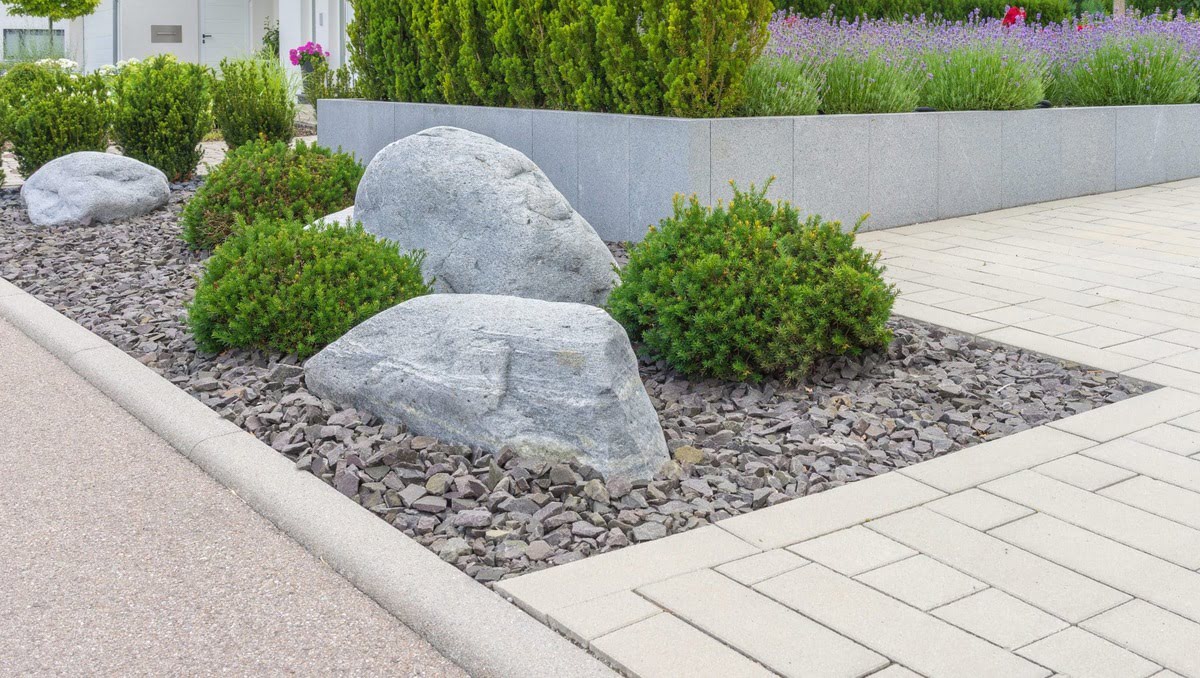
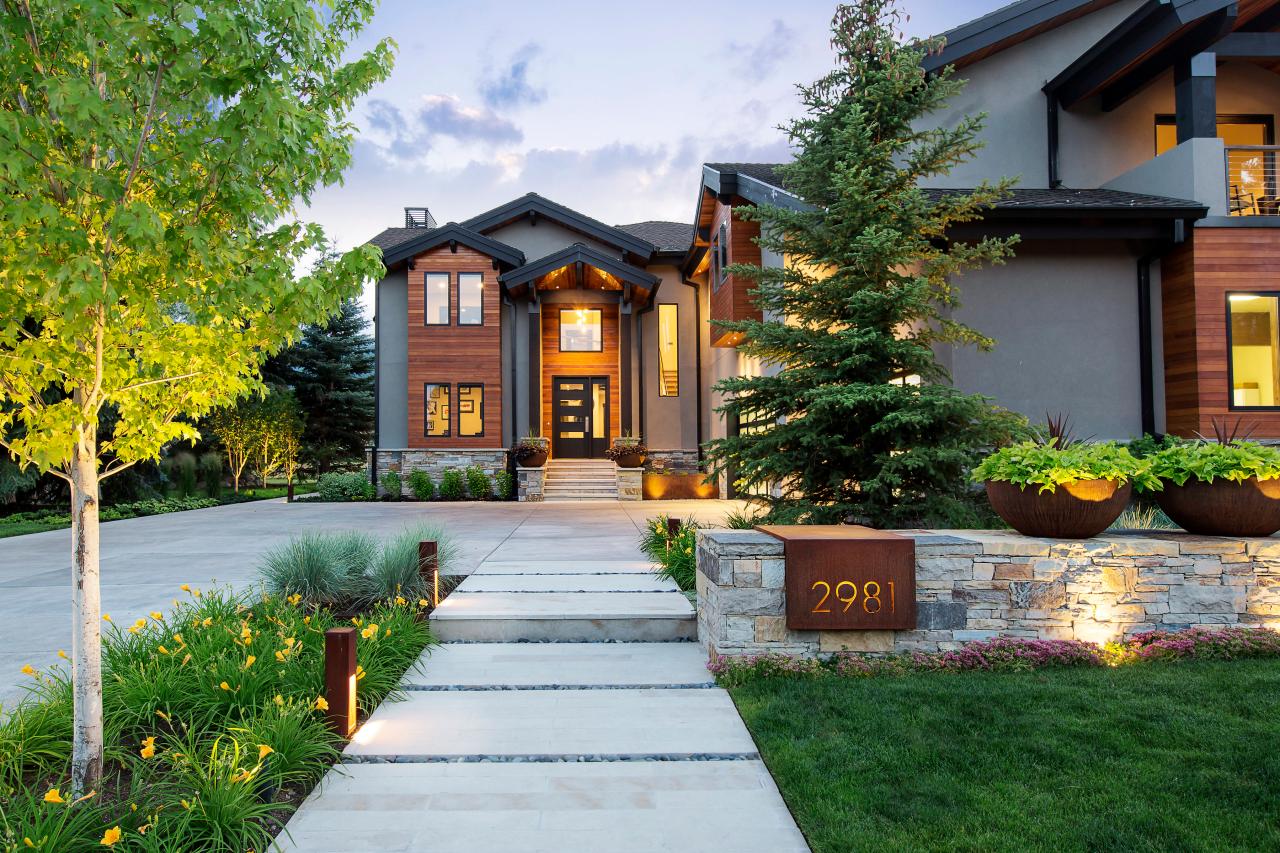
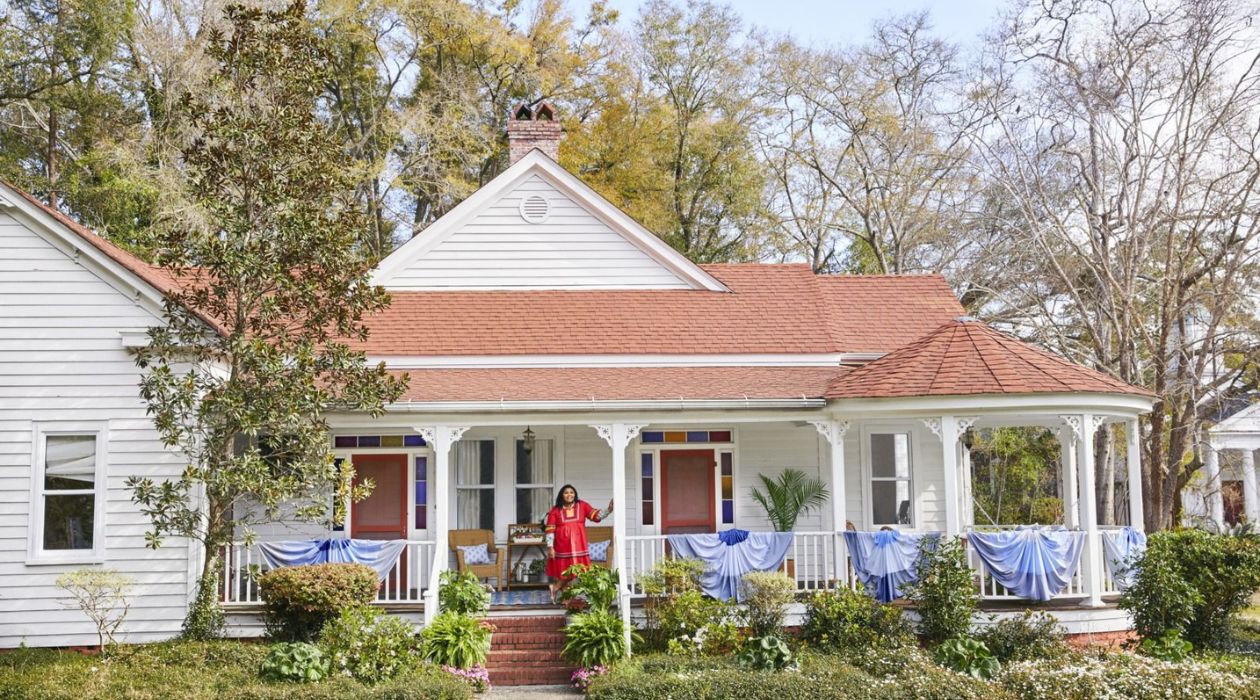
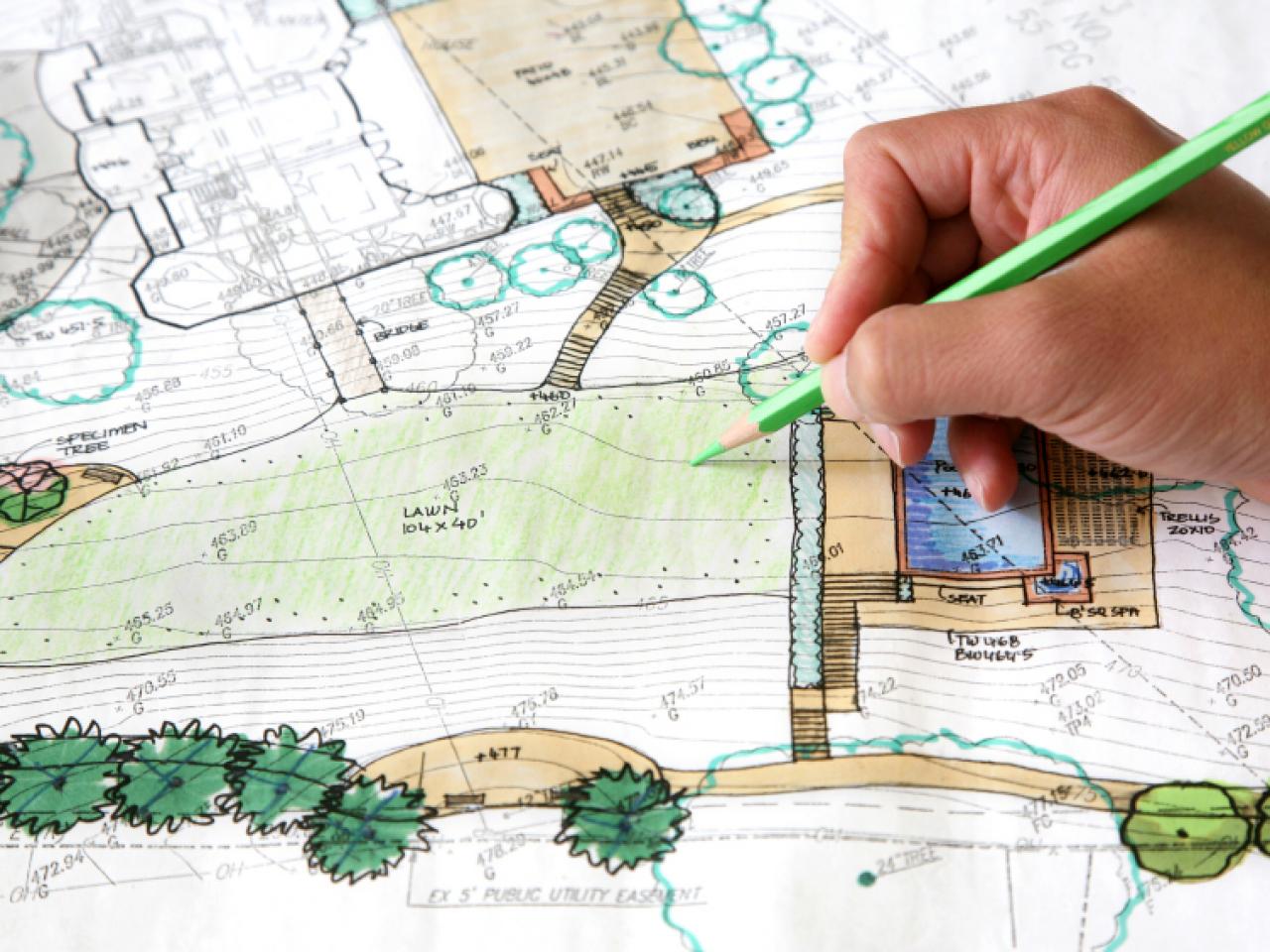
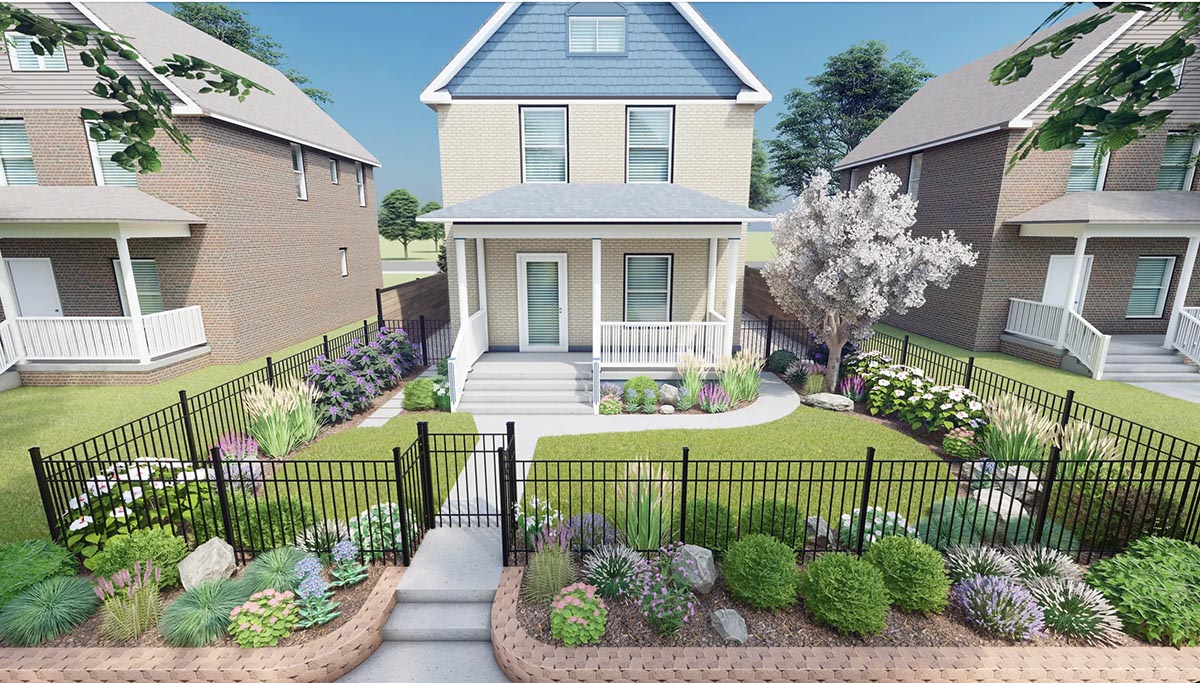

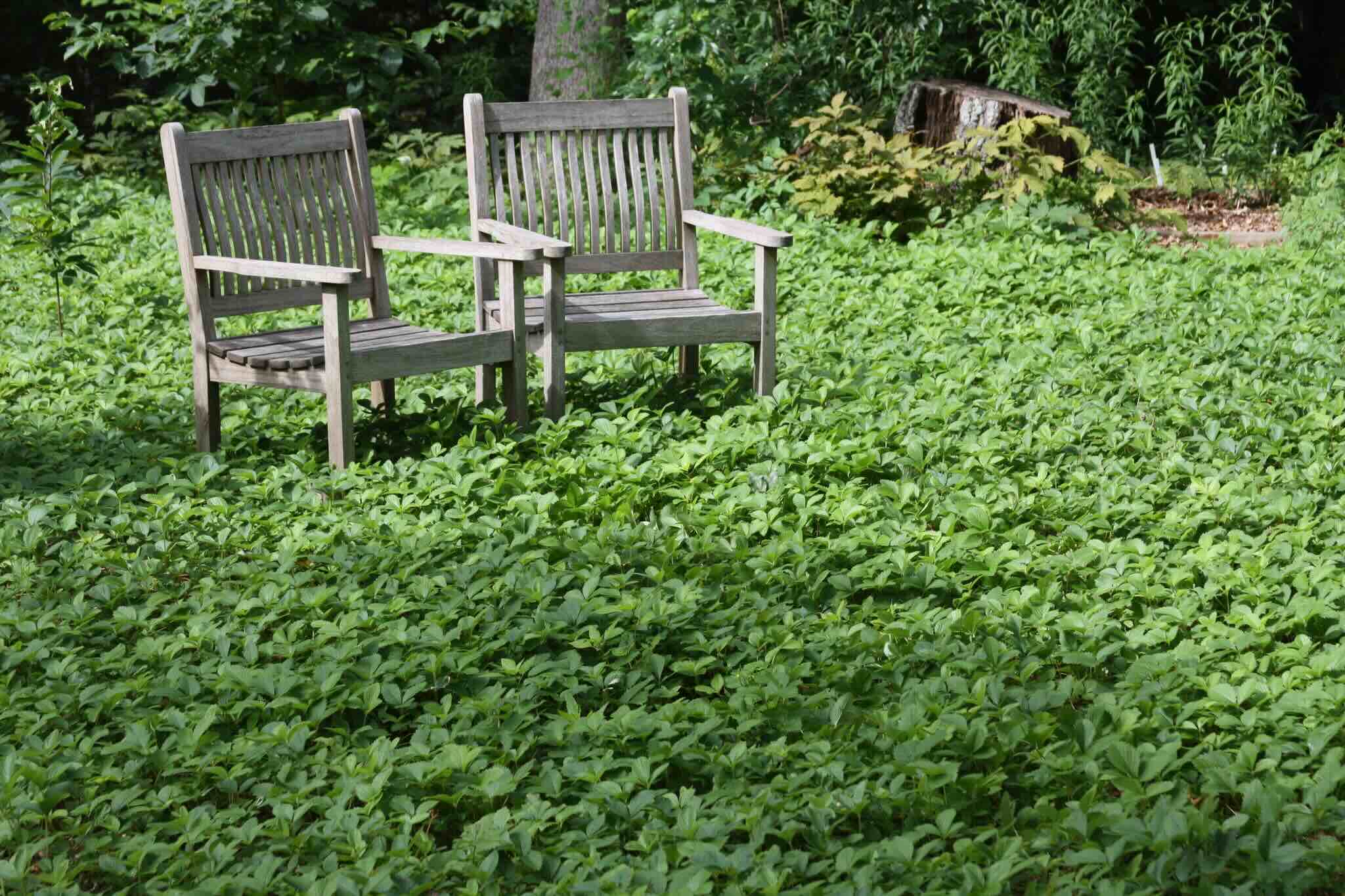
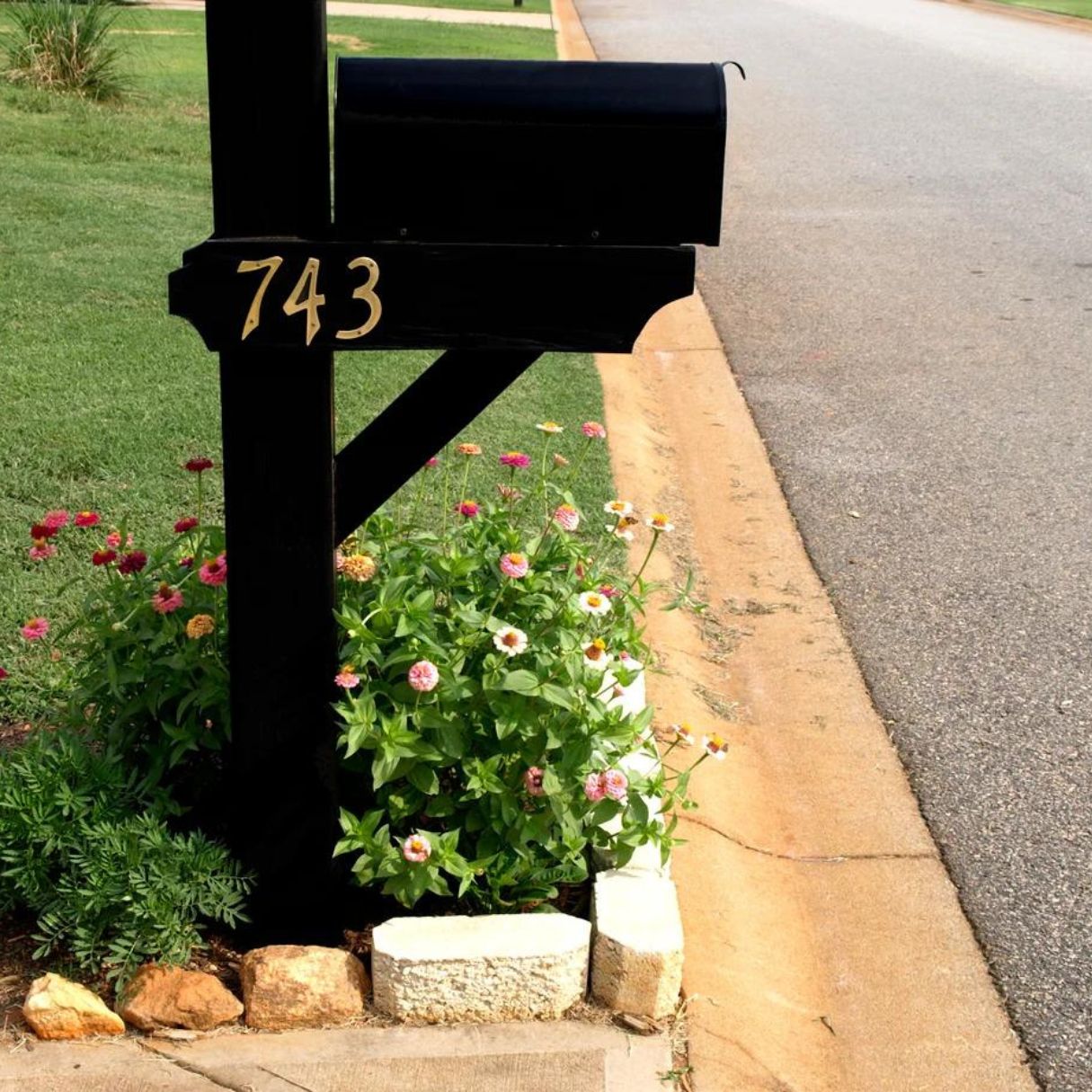
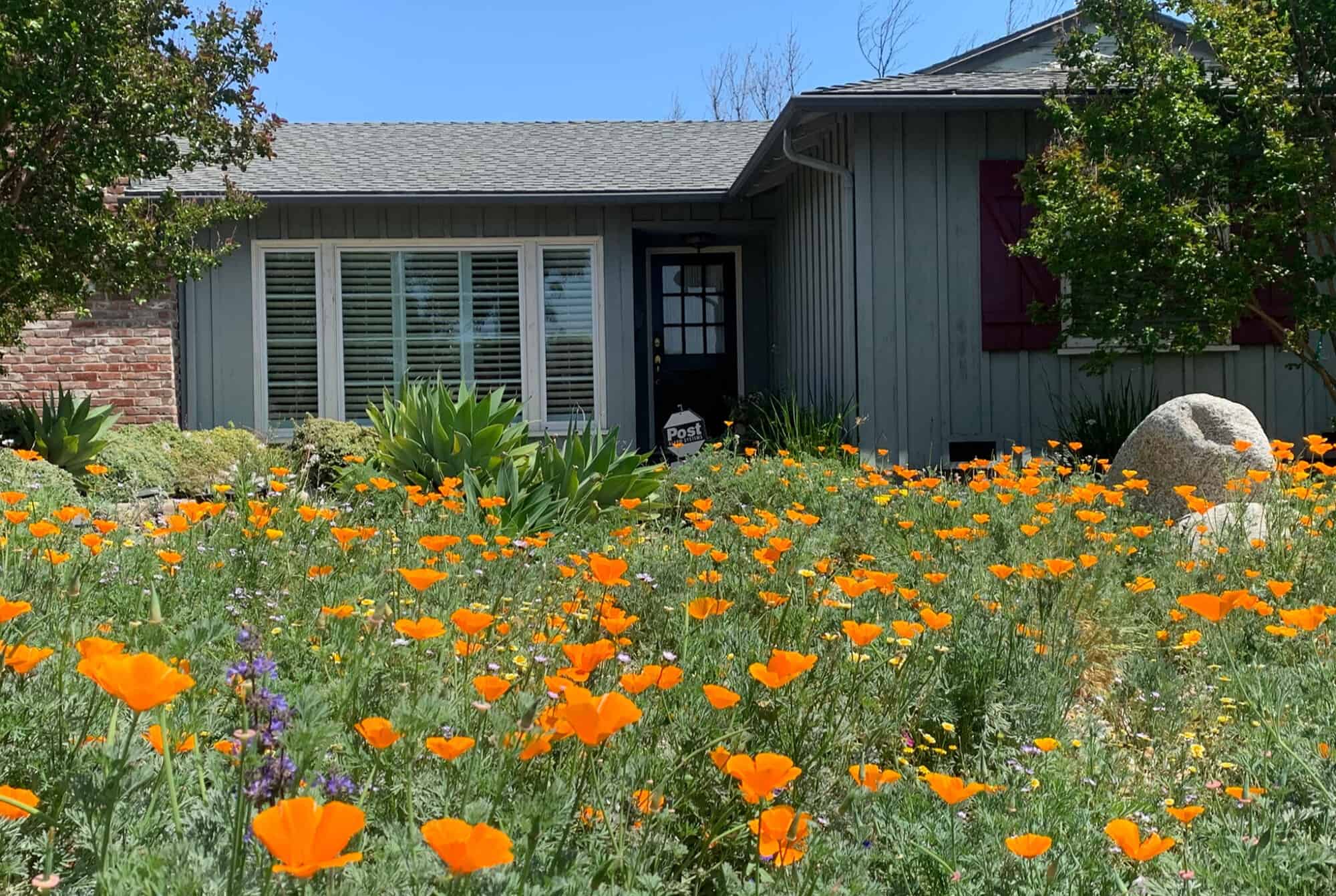
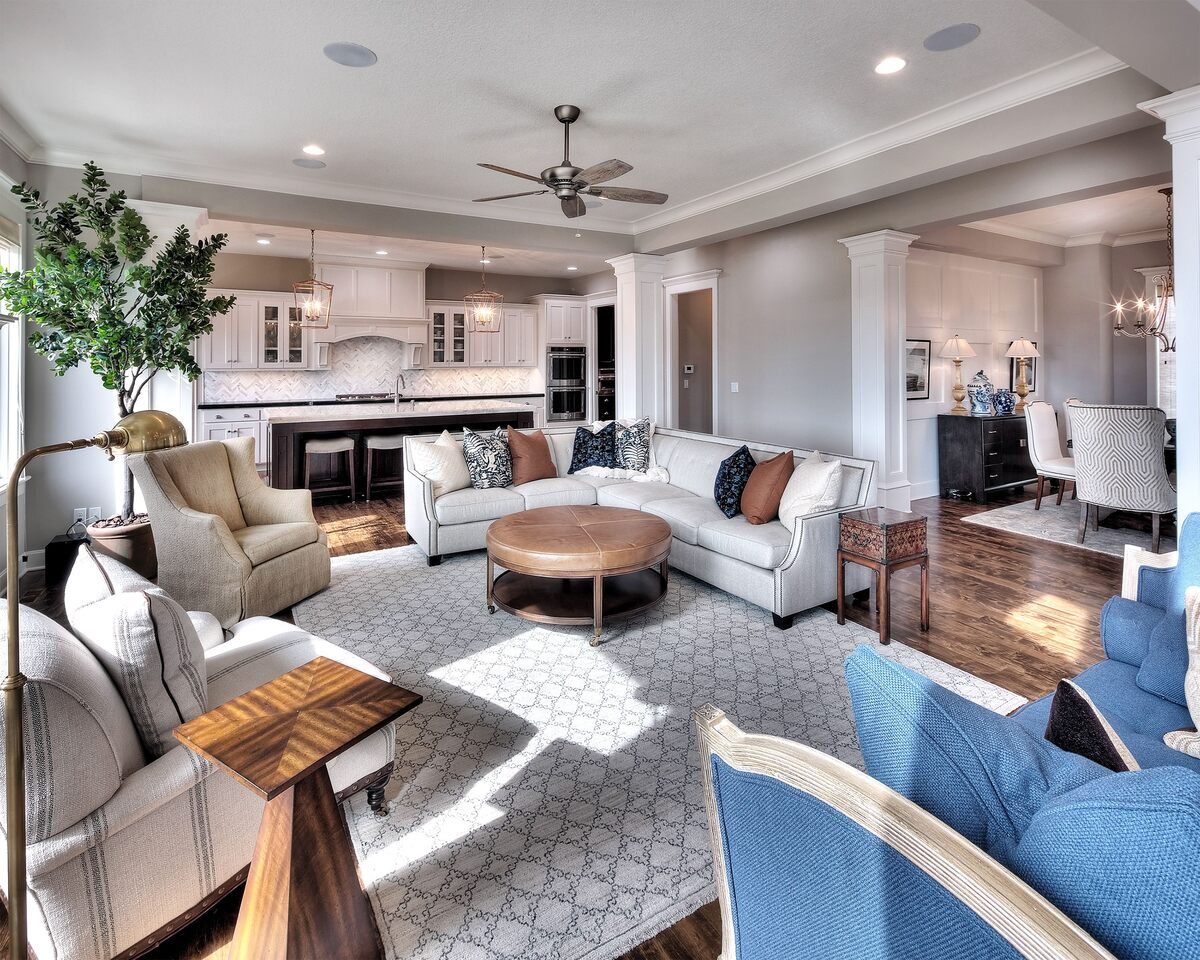
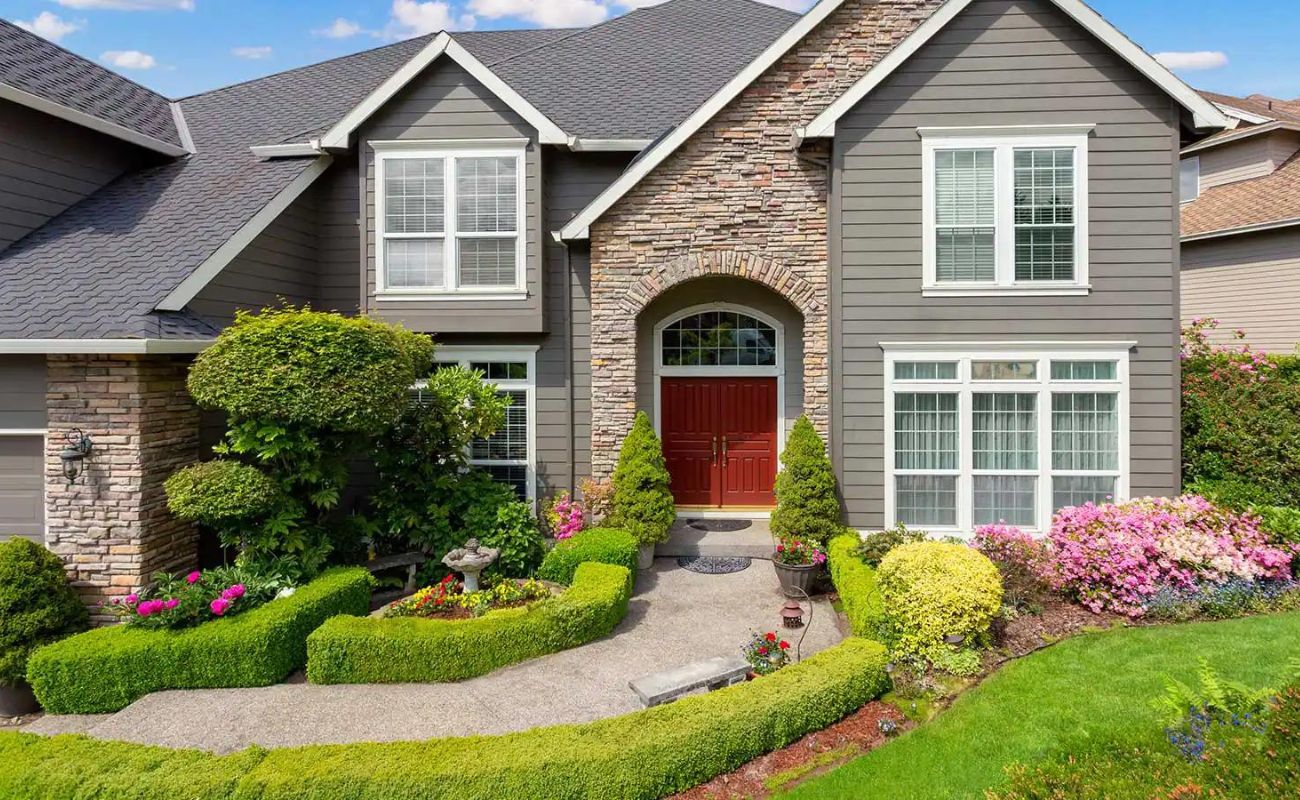
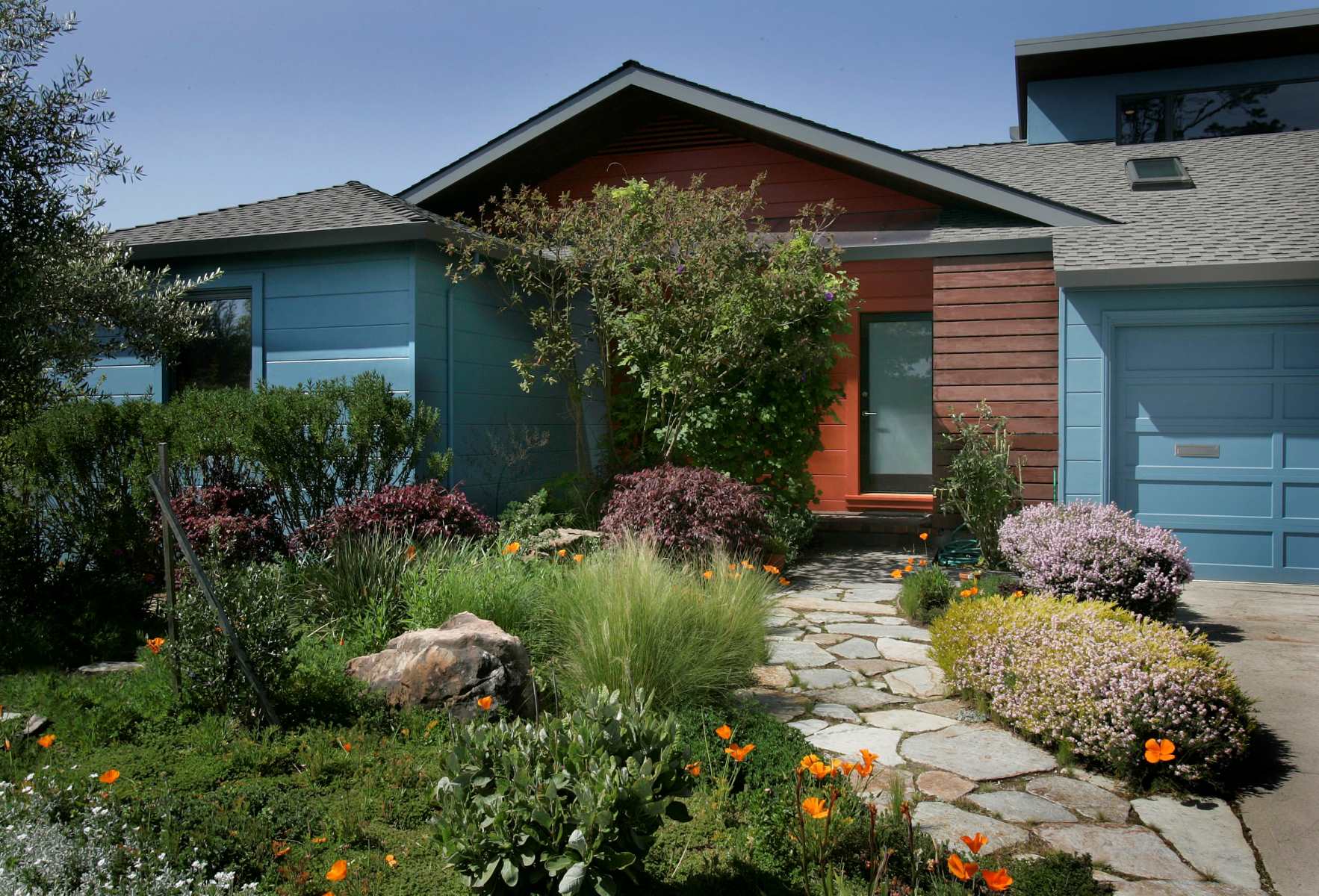
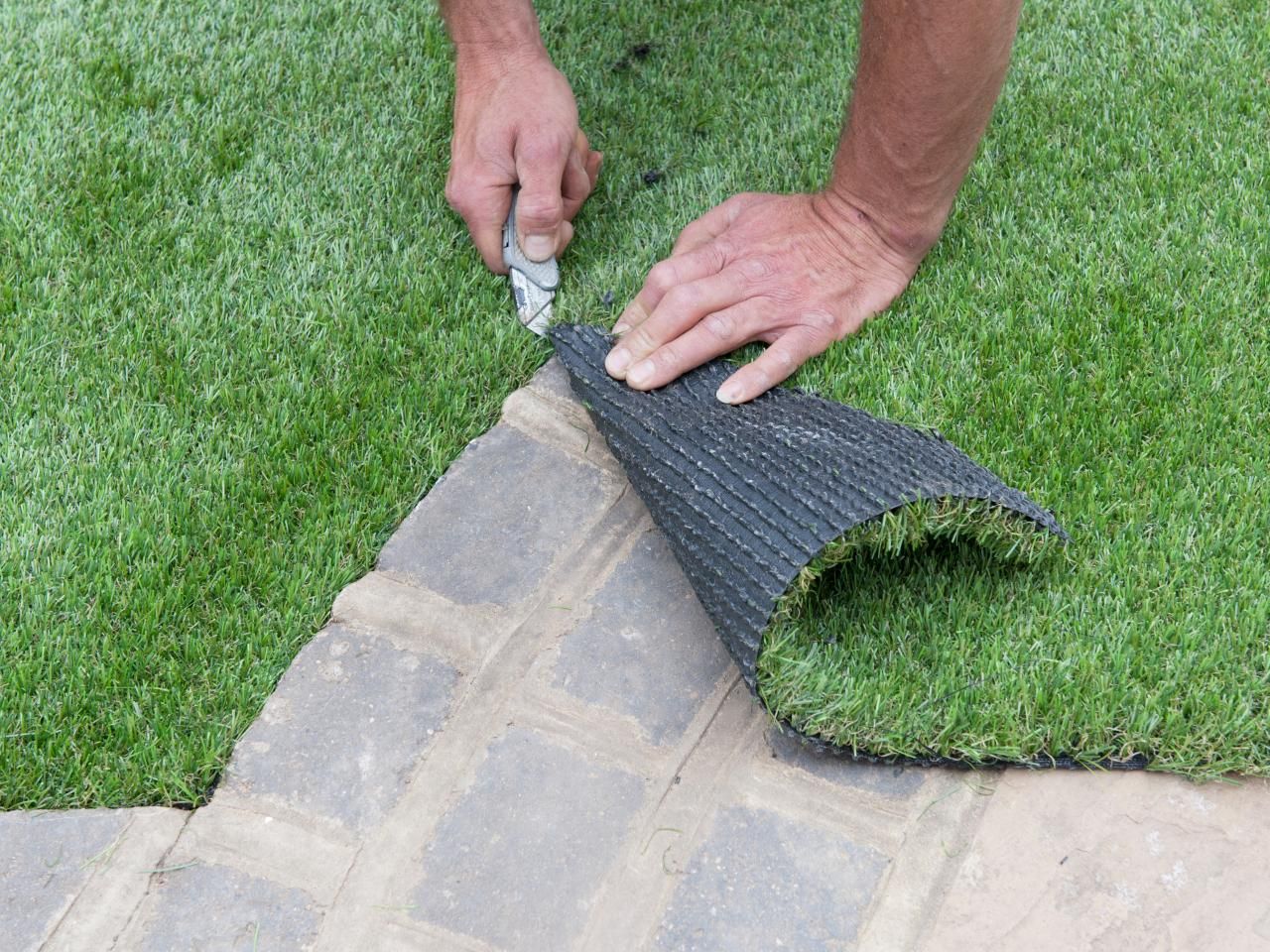
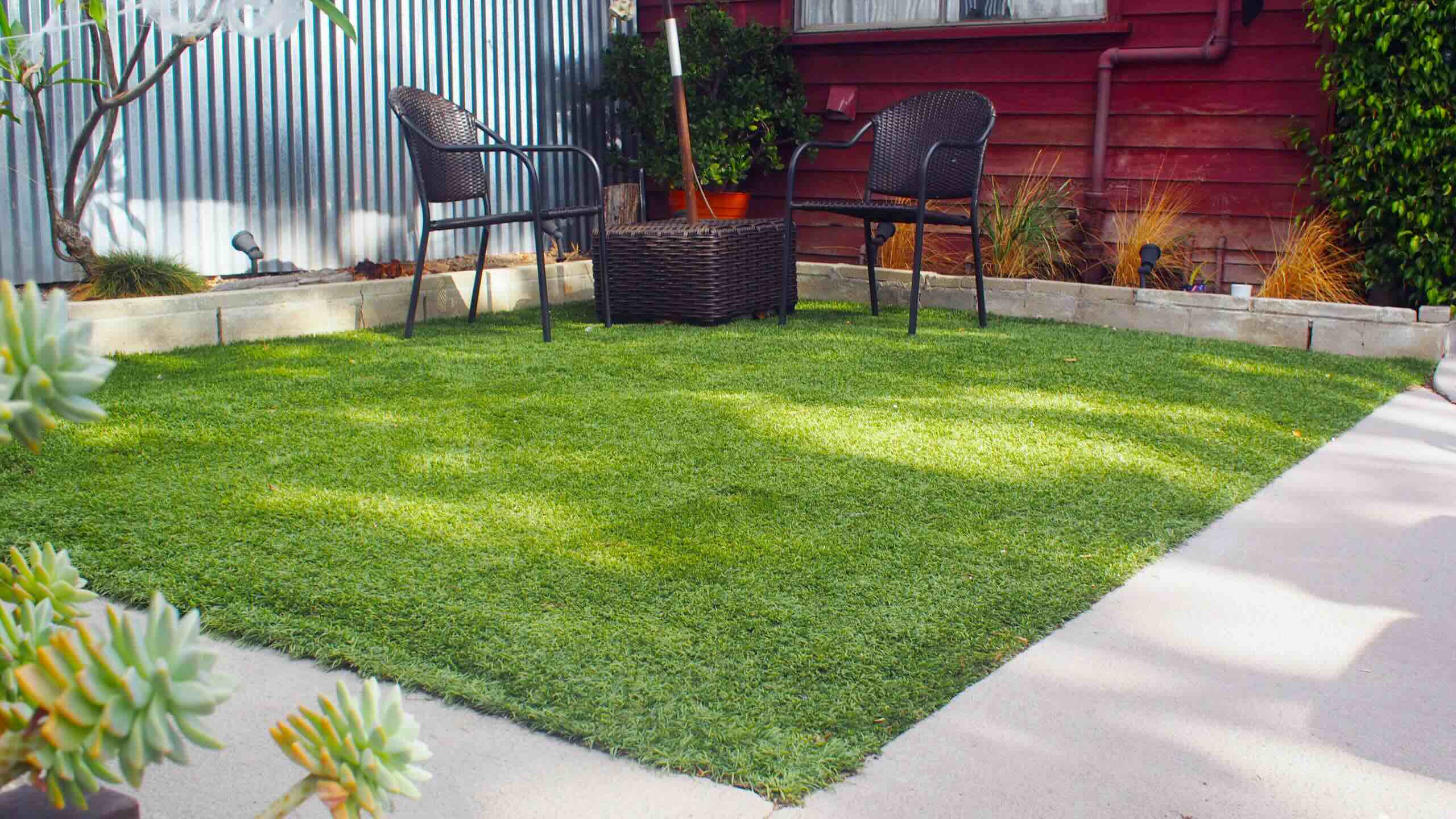

0 thoughts on “How To Plan Landscaping For Your Yard”